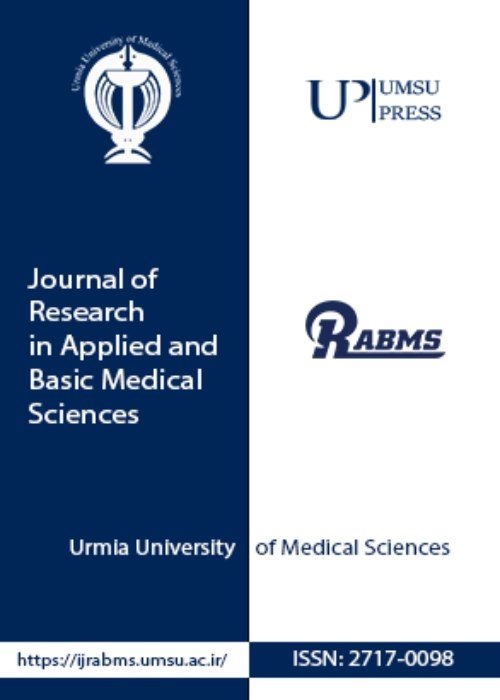Effects of Anethum graveolens, Urticadioica, Milk thistle Aqueous Extract and Deferoxamine on total iron binding capacity ,iron and ferritin levels
Iron overload is one of the medical problems in some diseases. Recent reports have indicated a need for iron chelator. In this study, the possible iron chelating properties of aqueous extracts of A.graveolens, Urtica dioica and milk thistle on total iron binding capacity, iron and ferritin levels in iron overloaded rats were investigated.
Fresh A.graveolens and Urtica dioica leaves and milk thistle seeds were obtained from the local market. Fortyeight male rats were randomly divided into six groups: negative control (normal), positive control (iron overload) and groups treated with deferoxamine (DFO), aqueous extracts of A.graveolens, Urtica dioica and milk thistle. Iron dextran was injected intraperitoneally (i.p.) at 50mg/kg body weight/day to establish the iron overload for twelve weeks. Normal group rats received normal saline, while the rats of the treated groups received (orally) aqueous extracts of A.graveolens, Urtica dioica and Milk thistle and DFO daily for eight weeks. Changes in biochemical factors were measured at the end of the experiment.
After twelve weeks of iron dextran treatment, we found a significant increase in iron and ferritin levels and a decrease in total iron binding capacity (TIBC) level compared to normal group (229.0±5.85, 181.22±5.53 and 200.54 ±1.51 vs. 131.90±6.85, 50.25 ±4.01 and 291.71, respectively). After eight weeks of treatment with extracts and DFO, there was significant reduction in serum iron level of extracts of A.graveolens, Urtica dioica and milk thistle and DFO treated groups compared to iron overloaded group (185.81±3.5, 180.88±2.73, 200.6±2.44, 176.48 ±2.29 vs. 229.0±85.5). Also, there was a significant increase in serum TIBC level in the extracts of A.graveolens, Urtica dioica and milk thistle and DFO treated groups compared to iron‑overloaded rats (218.62±2.44, 226.74±2.71, 211.06±1.86, 231.57 ±2.05 vs. 200.54±1.51, respectively). Furthermore, there was a significant reduction in serum ferritin level in the extracts of A.graveolens, Urtica dioica and milk thistle and DFO treated groups compared to iron‑overloaded rats (130.49±4.24, 121.96±4.31, 140.63±3.82, 112.87 ±4.60 vs.181.22±5.53). So after eight weeks treatment with aqueous extracts of A.graveolens, Urtica dioica and milk thistle, we found a significant reduction in iron and ferritin and an increase in TIBC level. These effects indicated the following hierarchy: Urticadioica >Anethum graveolens > milk thistle.
Anethum graveolens, Urtica dioica and milk thistle extracts may be a potential herbal plant to reduce liver damage caused by iron overload. These results indicated that Anethum graveolens, Urtica dioica and milk thistle extracts can preserve liver function.
- حق عضویت دریافتی صرف حمایت از نشریات عضو و نگهداری، تکمیل و توسعه مگیران میشود.
- پرداخت حق اشتراک و دانلود مقالات اجازه بازنشر آن در سایر رسانههای چاپی و دیجیتال را به کاربر نمیدهد.



